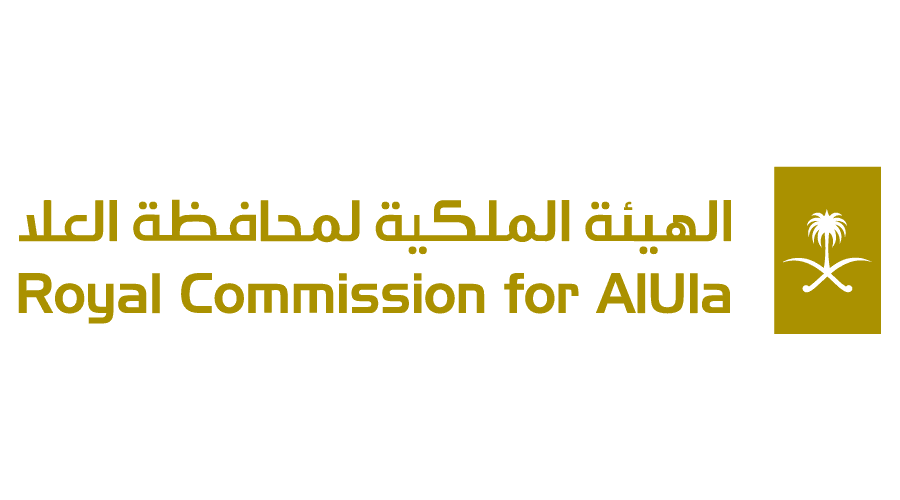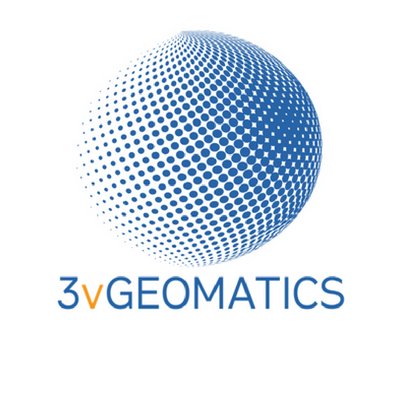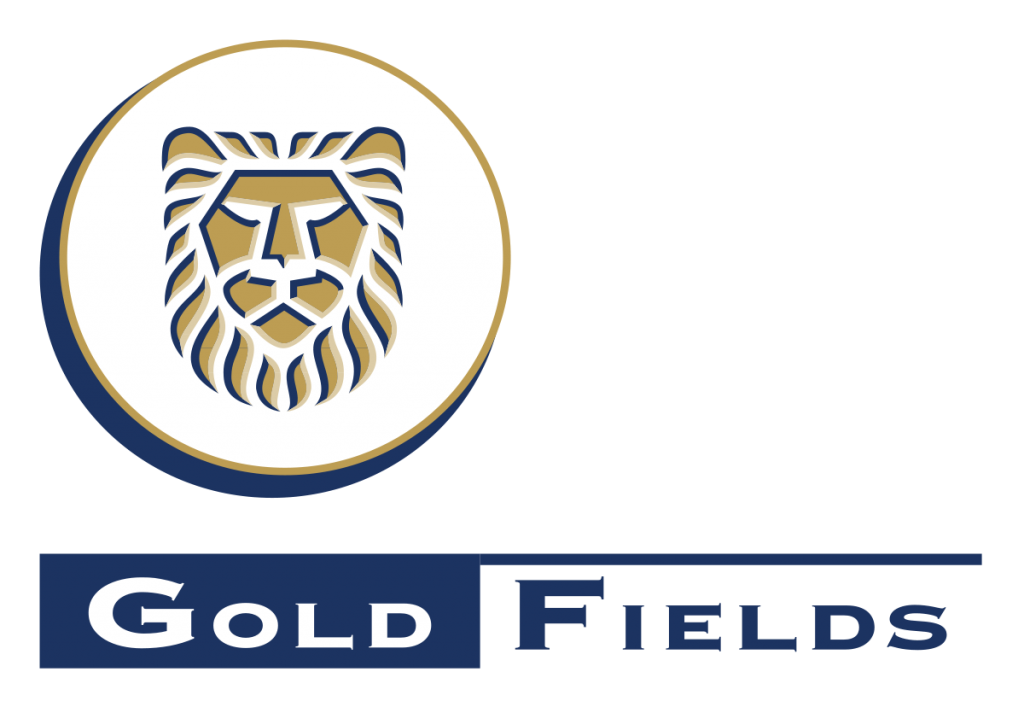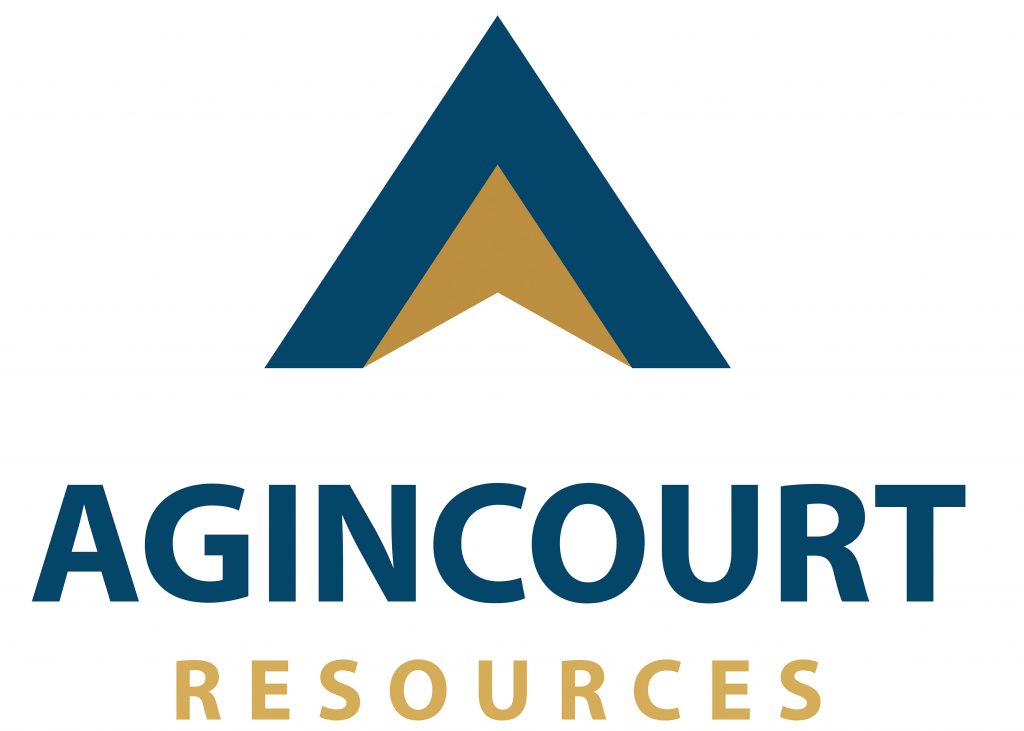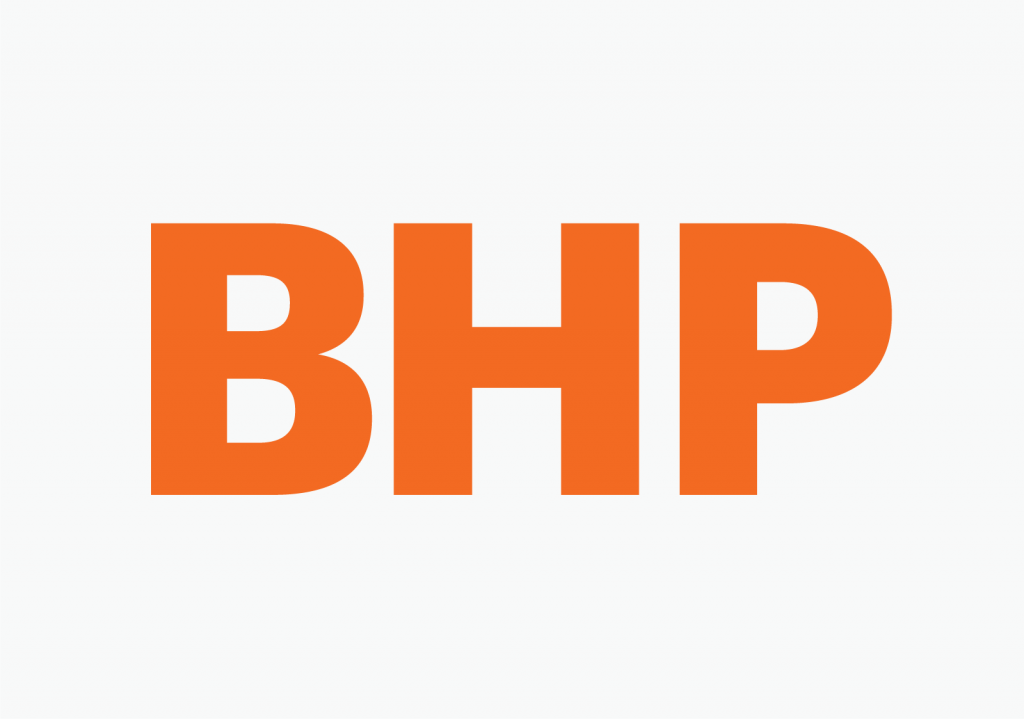Specialist Node > Laser Communications and Timing
The ICRAR Astrophotonics Group, led by Associate Professor Sascha Schediwy, uses free-space laser communication to revolutionise a wide variety of applications. The Quantum Technologies and Dark Matter Research Lab, headed by Professor Michael Tobar, offers complementary excellence in high-precision measurement, low temperature physics, hybrid quantum systems and laboratory tests of fundamental physics.
The transmission of laser signals over free-space links, particularly between ground and space, will revolutionise applications ranging from fundamental physics experiments and applied geoscience, to satellite navigation and high-speed, quantum-encrypted communication. However, until now, these applications have been severely limited by the turbulence of the atmosphere.
Our group aims to advance these applications through a number of methods including atmospheric noise suppression, communications channel modelling, computational analysis of quantum information, and laboratory investigations. To validate our work, we utilise horizontal free-space laser links at UWA, as well as the Western Australian Optical Ground Station to establish vertical links to airborne targets, and eventually to satellites in space.
High speed and quantum encrypted free-space optical communications
Free-space optical communication has several advantages over radio-frequency communications, including suitability for quantum encryption, high directionality, greater available bandwidth, unregulated spectrum, and a much smaller physical footprint enabling use of SmallSats and remote ground terminals. Our team has demonstrated a system for suppressing the phase noise due to the atmosphere, across the entire optical (1550nm) communications band using a single phase stabilisation system. These stabilisation techniques also help reduce noise for quantum key distribution in quantum-secured encryption across space.
Ultra-precise atomic clocks in space.
UWA Professor Michael Tobar of the Quantum Technologies and Dark Matter Research Lab is the only non-European science coordinator of the European Space Agency’s Atomic Clock Ensemble in Space (ACES) experiment, due for launch in 2021. ACES will undertake some of the most precise tests ever completed on gravitation and fundamental physics in space. Our research group also conduct robust tests on fundamental physics here on Earth, including the field of quantum gravity, Local Lorentz Invariance including the constancy of the speed of light and direct detection of dark matter. Professor Tobar has also been involved in a number of other proposals to test fundamental physics in space.
Next generation position, navigation and timing for applied geoscience
Much of satellite-based localisation, positioning and geoscience relies on so-called satellite laser ranging (SLR) techniques, required to establish an Earth-based reference frame. We have demonstrated a potential 10,000 fold increase in the precision of radial velocity measurements by using optical Doppler orbitography measurements based on laser interferometry between ground and space can instead of conventional SLR.
Ultra-precise remote-timescale comparison for fundamental physics
Related to precision timing in space, we are are developing world-leading laser-links for ultra-precise frequency transfer through space, with transfer noise well below the minute noise of the best atomic clocks to-date. Such ultra-precise long-distance synchronisation enables tests of fundamental physics at an unprecedented level.







